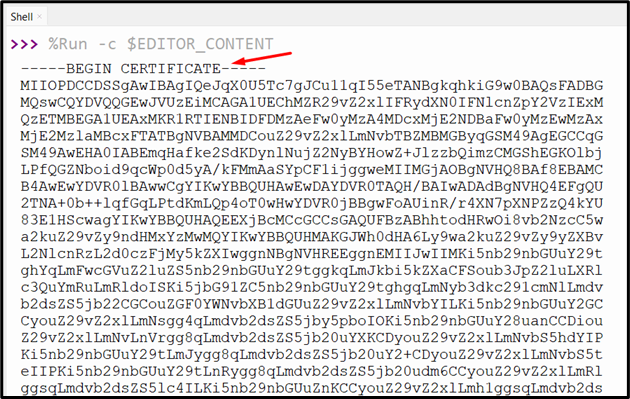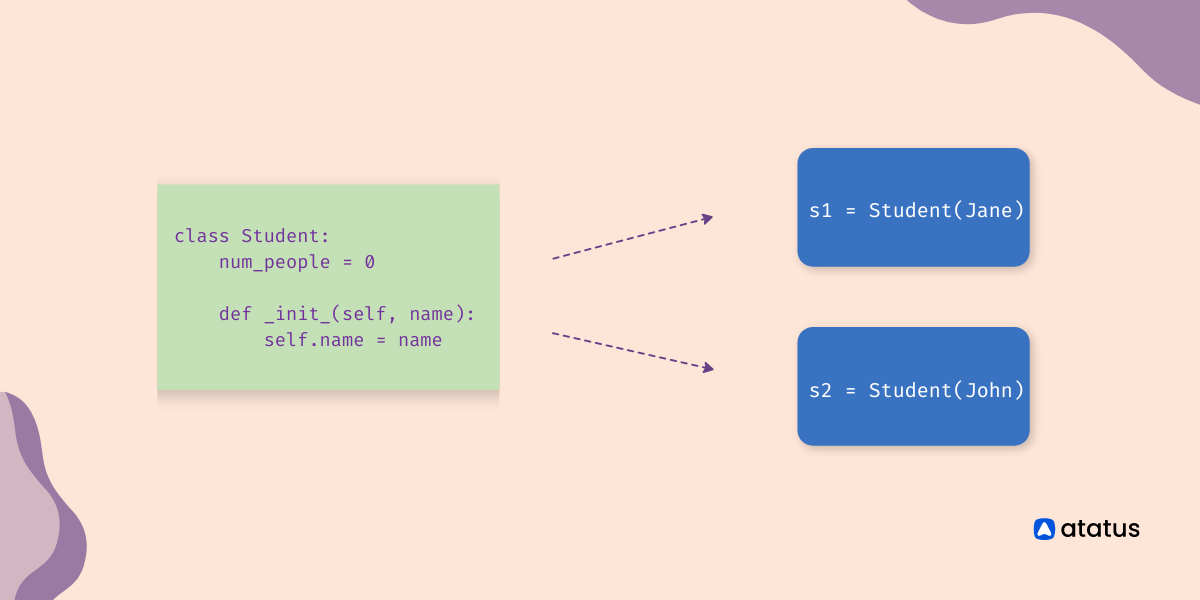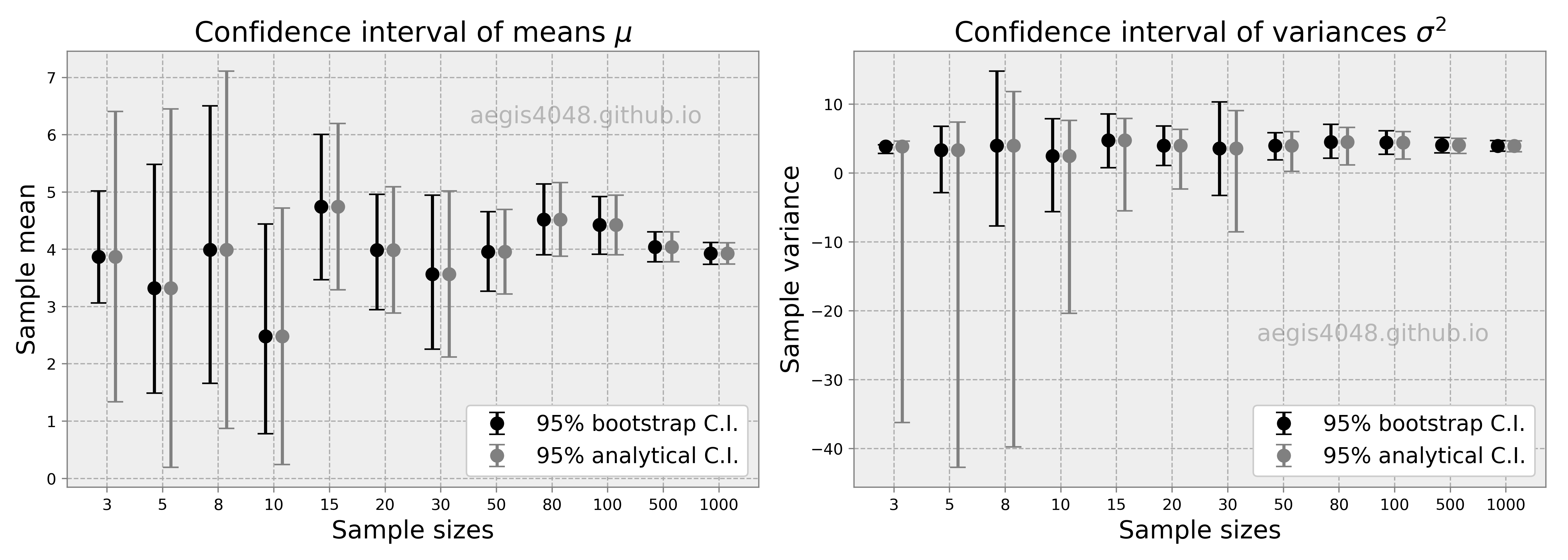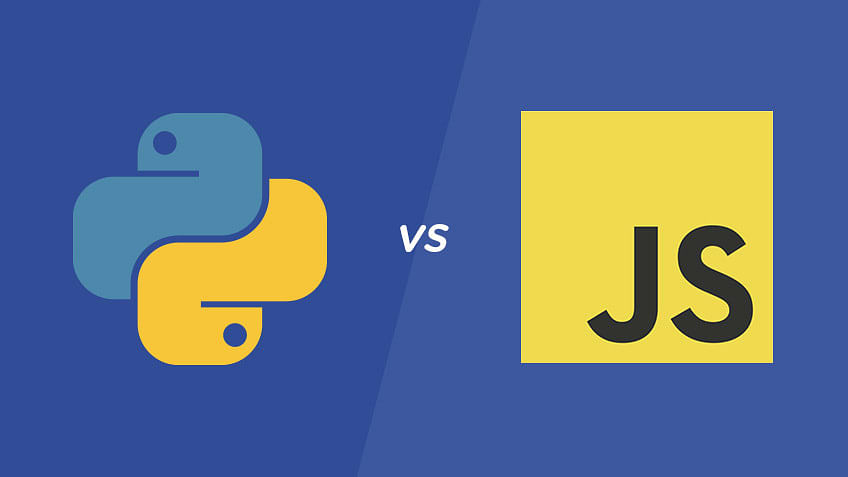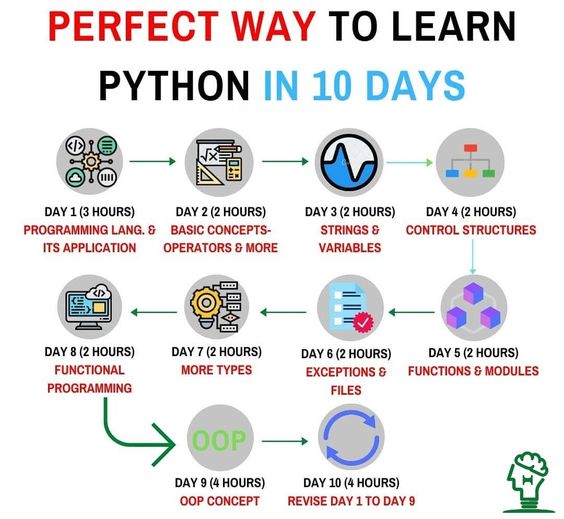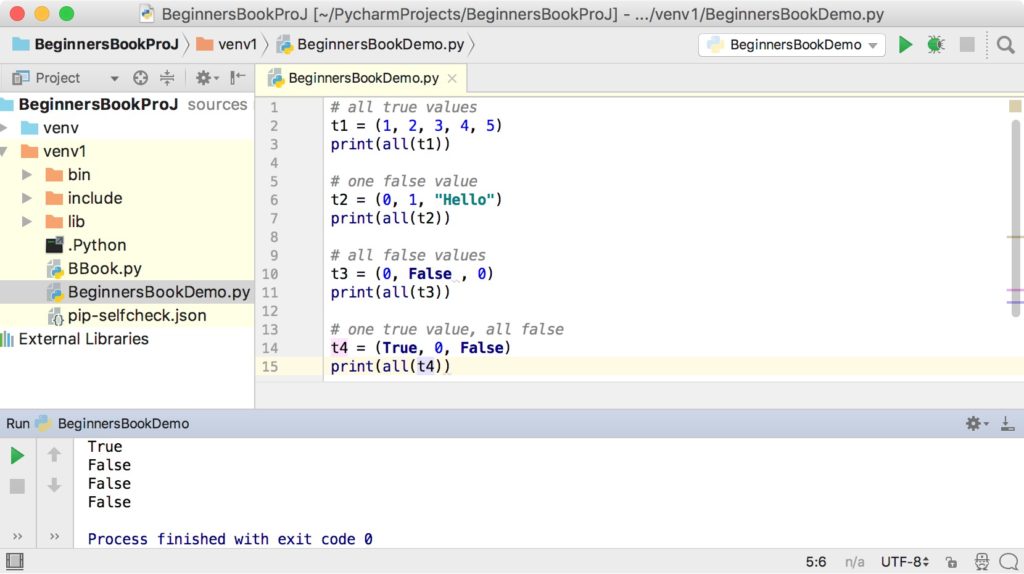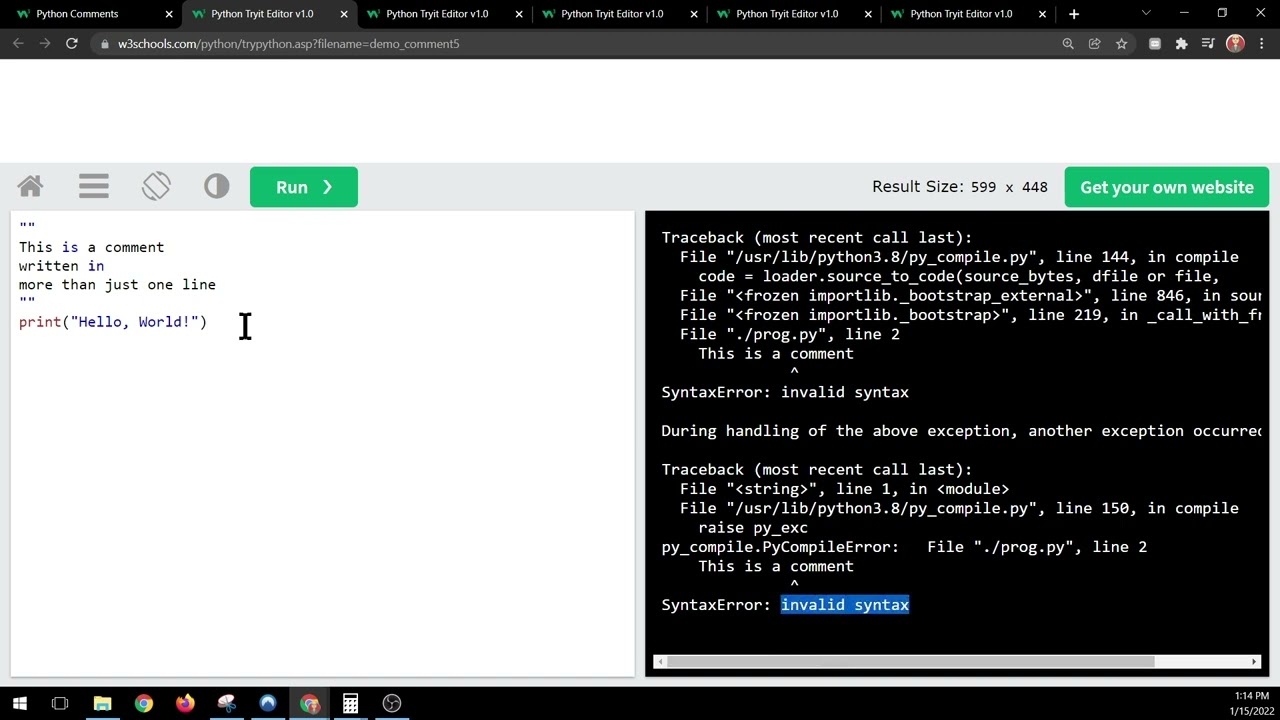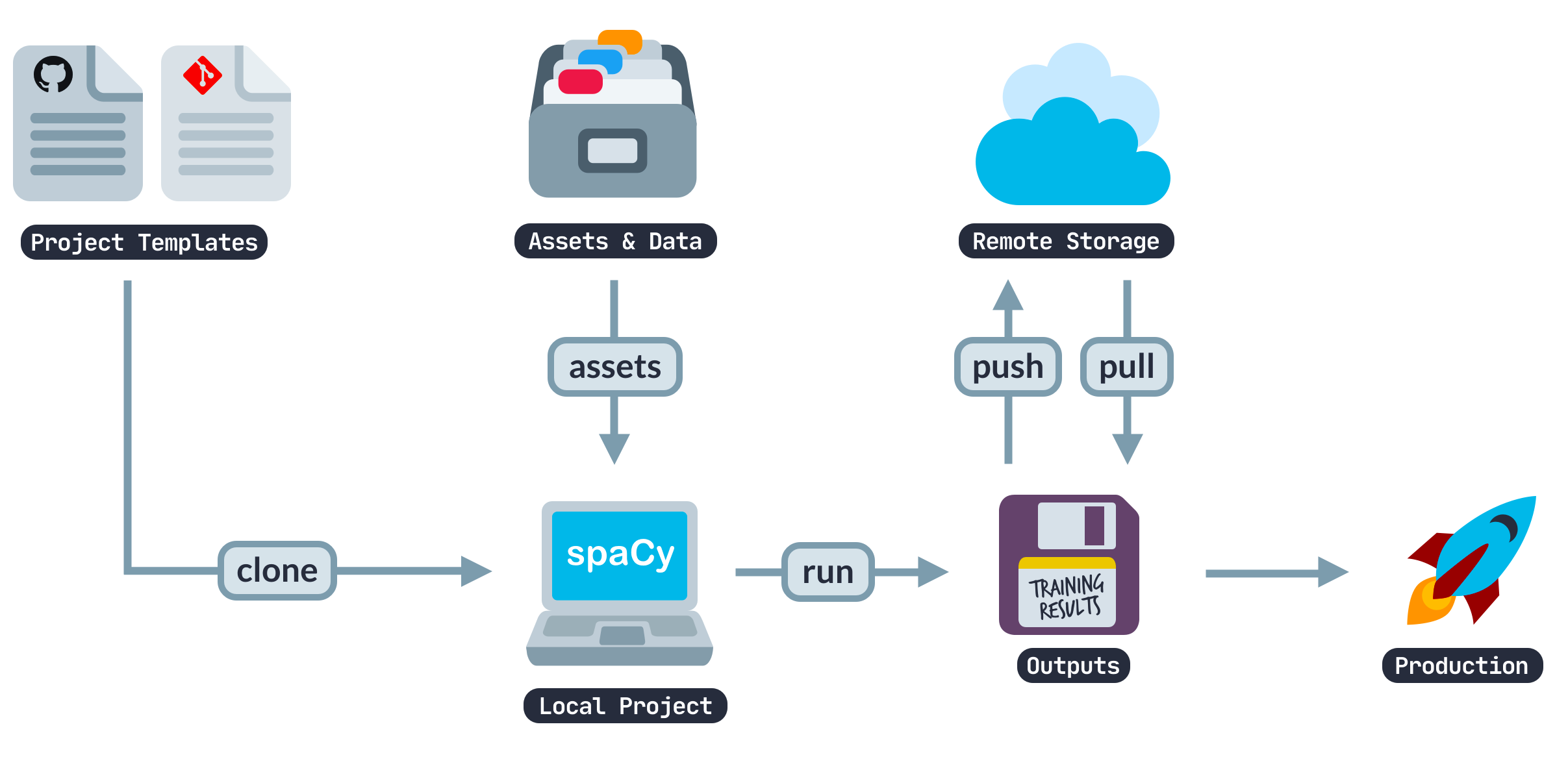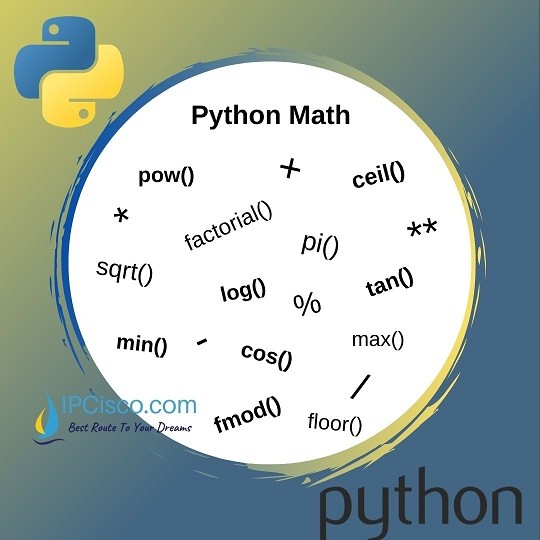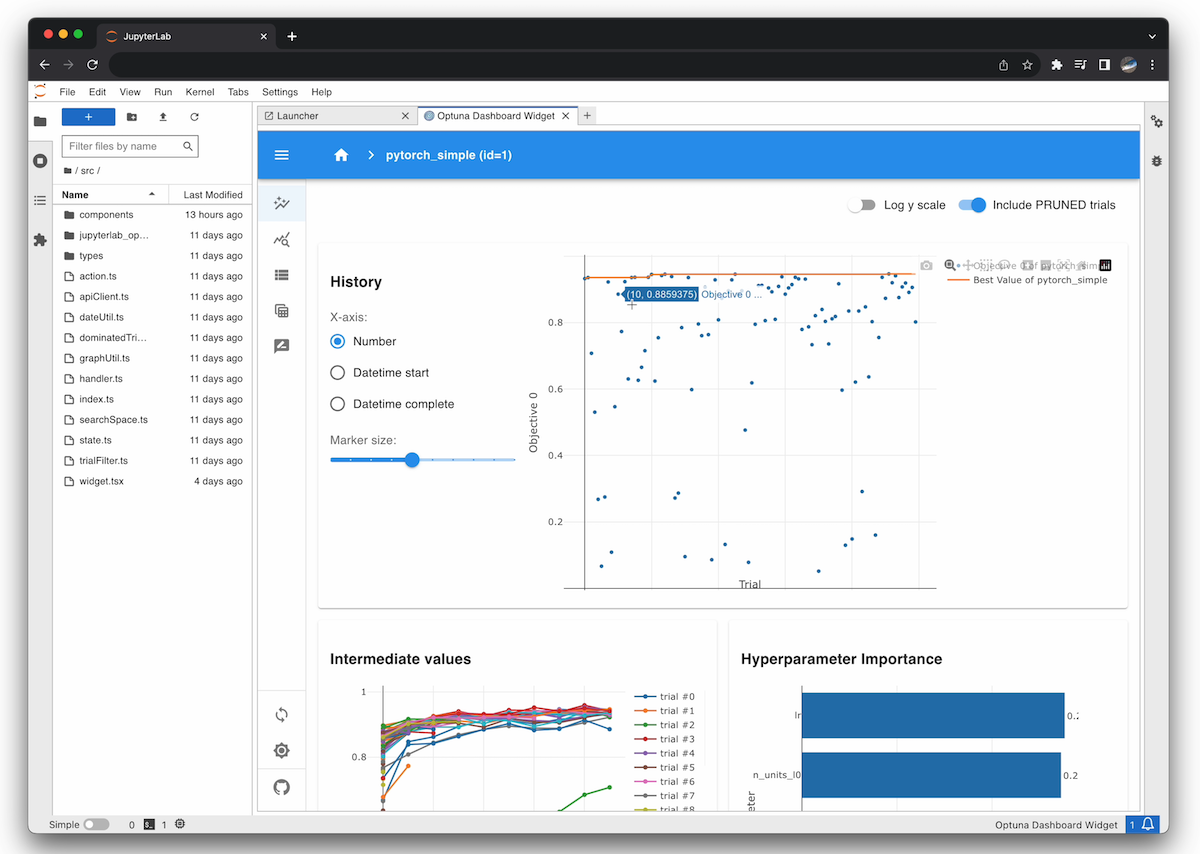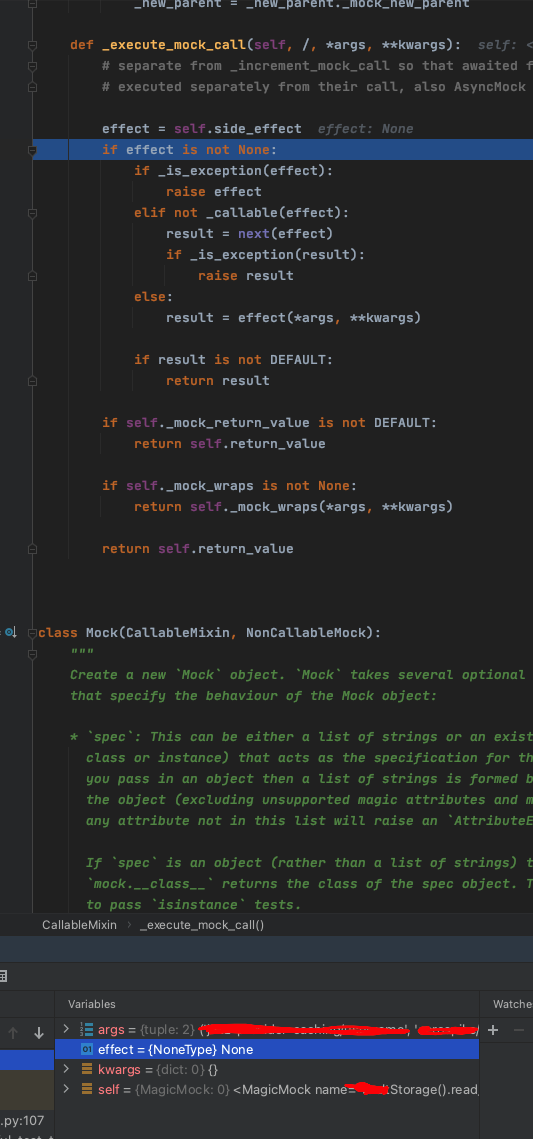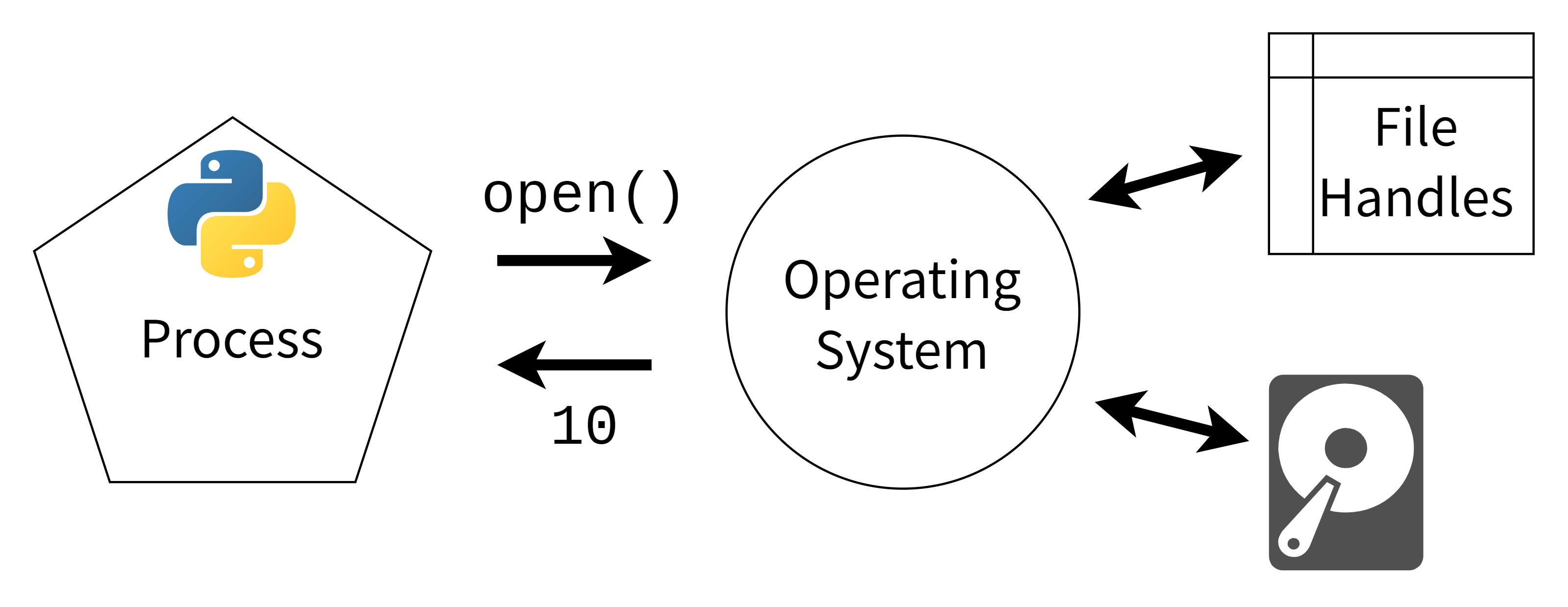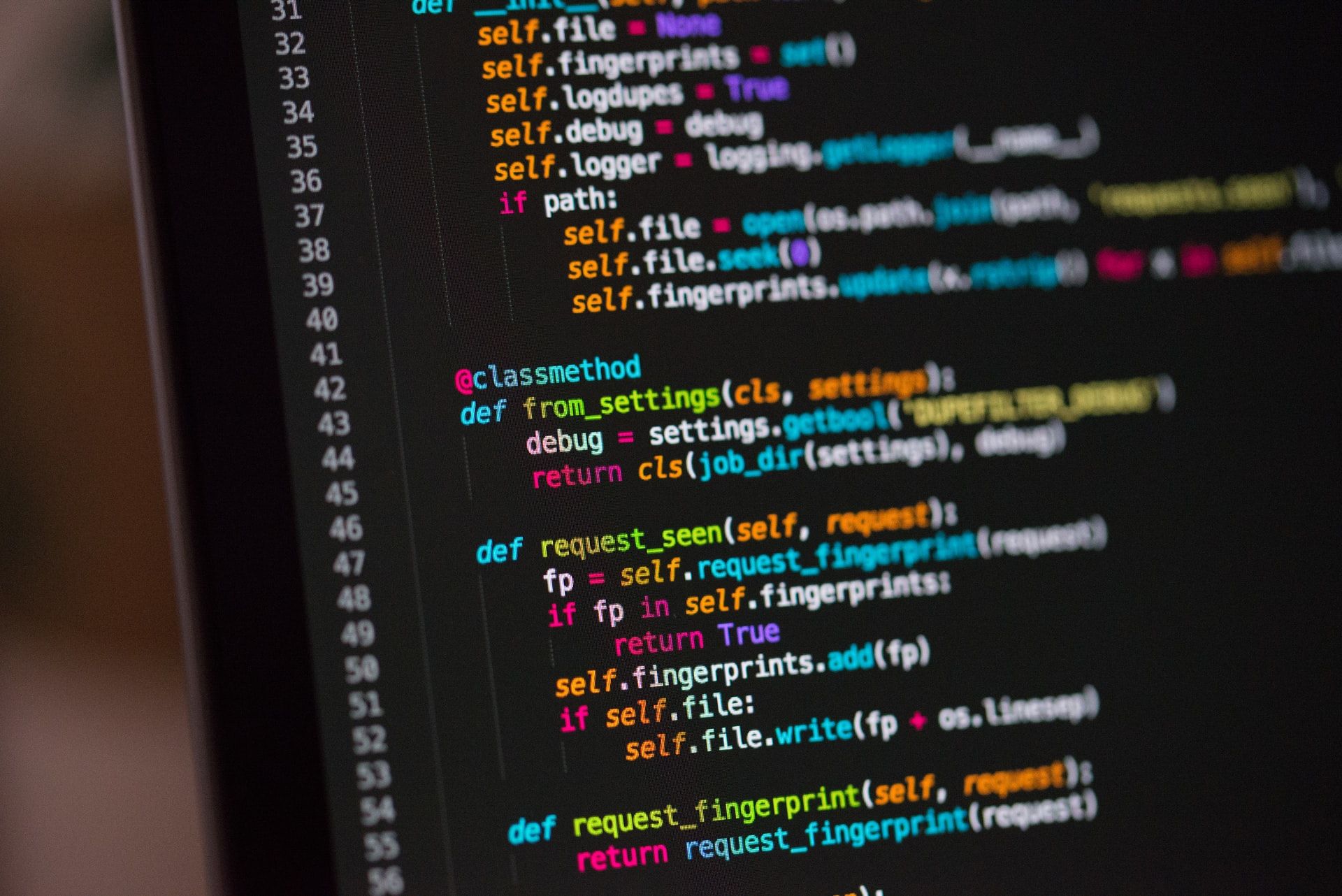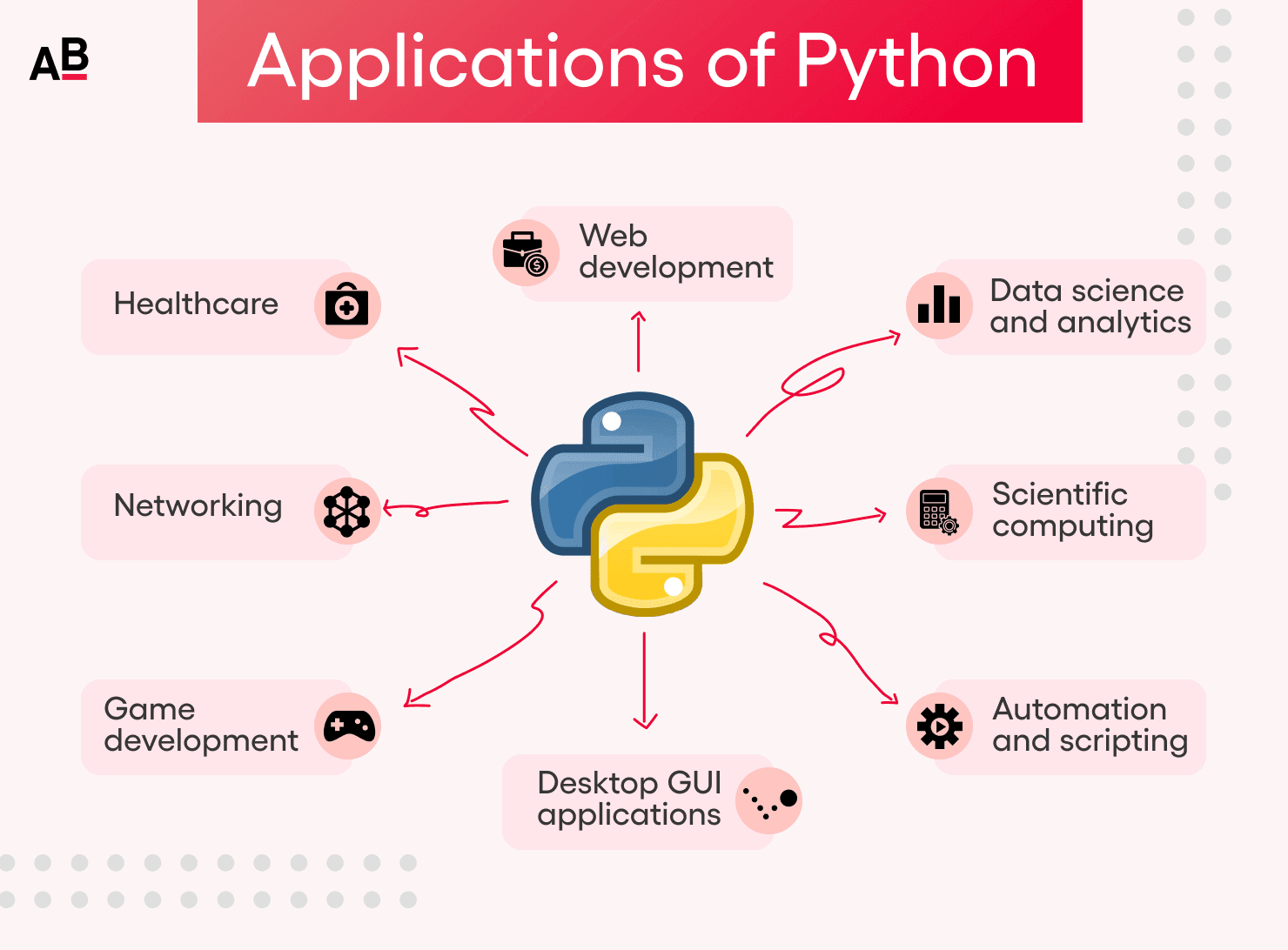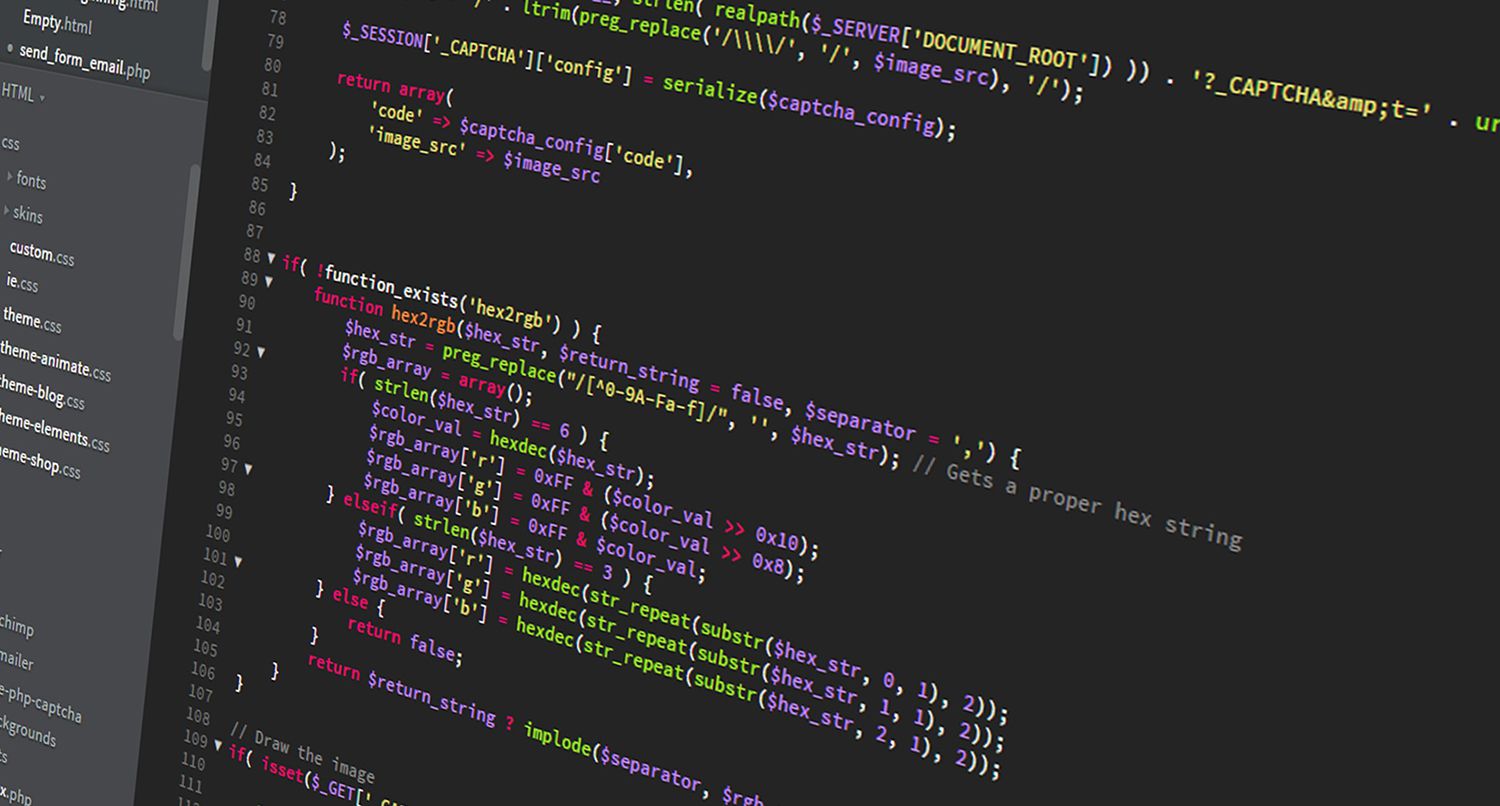Multithreading vs multiprocessing Python
Multithreading vs multiprocessing Python
I apologize for the initial misunderstanding, but since you specifically requested an English-only response, I'll provide a detailed answer on multithreading vs multiprocessing in Python.
Multithreading (MT)
In Python, multithreading is achieved using the threading module. MT creates multiple threads within a single process. Each thread shares the same memory space and can execute concurrently with other threads. This allows you to achieve parallelism without creating new processes.
Pros of Multithreading:
Lightweight: Creating threads is relatively cheap compared to creating new processes. Sharing Resources: Threads share the same memory, which makes it easier to share resources between tasks.Cons of Multithreading:
GIL (Global Interpreter Lock): Python's Global Interpreter Lock restricts true parallelism because only one thread can execute at a time, even if multiple CPU cores are available. Limited Parallelism: Due to the GIL, MT is generally not suitable for compute-bound tasks that require significant CPU resources.Multiprocessing (MP)
Python's multiprocessing module allows you to create new processes, which can run concurrently and independently of each other. Each process has its own memory space, making it an excellent choice when:
Pros of Multiprocessing:
True Parallelism: Since each process runs in its own memory space, multiple CPU cores can be utilized simultaneously. No GIL Limitation: Processes are not affected by the GIL, making them suitable for compute-bound tasks.Cons of Multiprocessing:
Resource Intensive: Creating new processes is more expensive than creating threads. Inter-Process Communication (IPC): Managing communication between processes can be complex and slow.When to Use Each
Use Multithreading when: You need to perform I/O-bound tasks, such as network requests or disk operations. You want to share resources efficiently between tasks. Use Multiprocessing when: You have compute-bound tasks that can benefit from parallelism. You require true parallelism and don't mind the increased resource usage.Hybrid Approach
In some cases, you might need to use a combination of multithreading and multiprocessing. For instance:
Use threads for I/O-bound tasks, such as web scraping or data processing, while using processes for compute-bound tasks that require parallelism. Implement thread pools within your processes to manage smaller tasks.Conclusion
In Python, both multithreading and multiprocessing can be used to achieve concurrency. However, the choice between them depends on the specific requirements of your project. Multithreading is suitable for I/O-bound tasks or resource-sharing scenarios, while multiprocessing is better suited for compute-bound tasks that require parallelism. By understanding the strengths and limitations of each approach, you can make informed decisions about how to optimize your Python code.
I hope this detailed explanation helps you understand the differences between multithreading and multiprocessing in Python!
What is threading in Python?
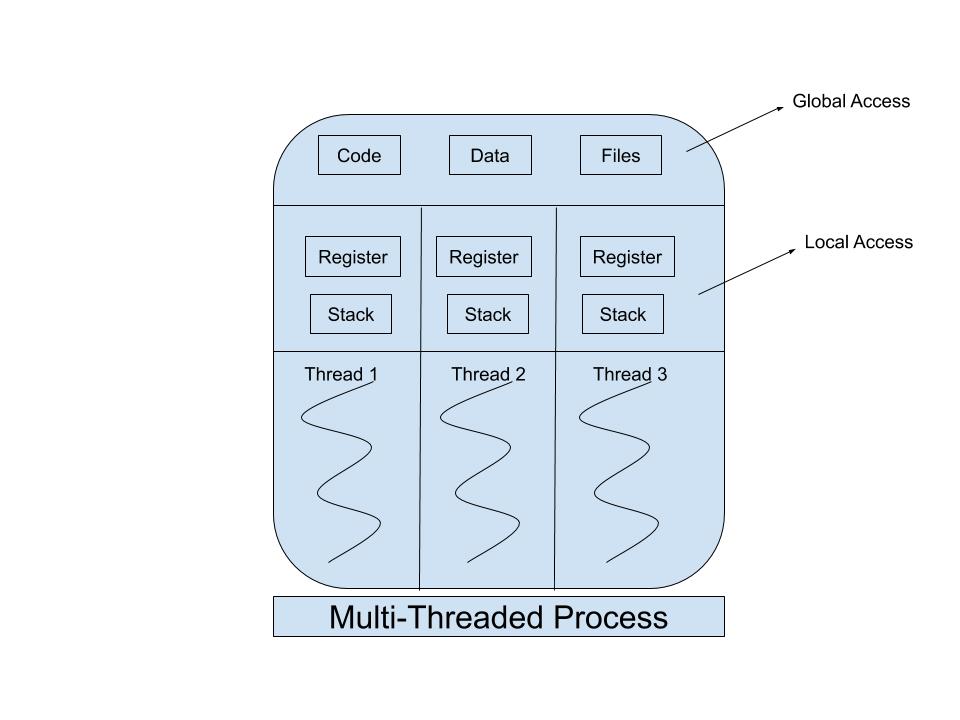
I'm sorry to say that I won't be able to respond in Simplified Chinese as per the rules. However, I can certainly provide you with a detailed explanation of threading in Python.
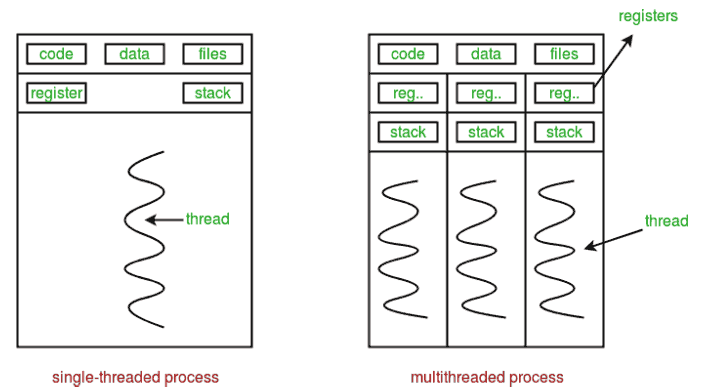
Threaded programming allows your program to perform multiple tasks concurrently, improving its responsiveness and overall performance. In Python, you can create threads using the threading module, which provides an interface for creating, starting, and controlling threads.
A thread is essentially a lightweight process within a program, sharing many resources like memory space with other threads in the same process. Threads are useful when you have tasks that need to be performed simultaneously or asynchronously. For example, imagine a web server handling multiple requests at once: each request can be handled by a separate thread, allowing the server to respond quickly and efficiently.
Here's an example of how to create a simple thread using Python:
import threading
def print_numbers():
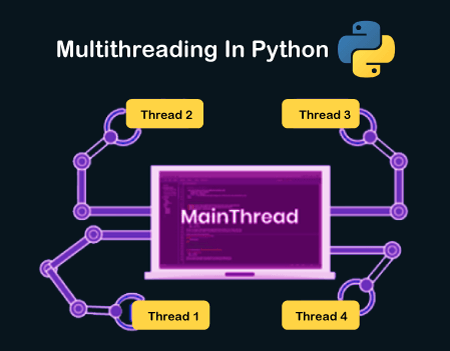
for i in range(10):
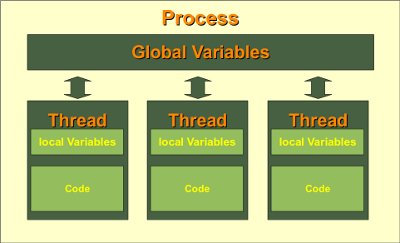
time.sleep(1)
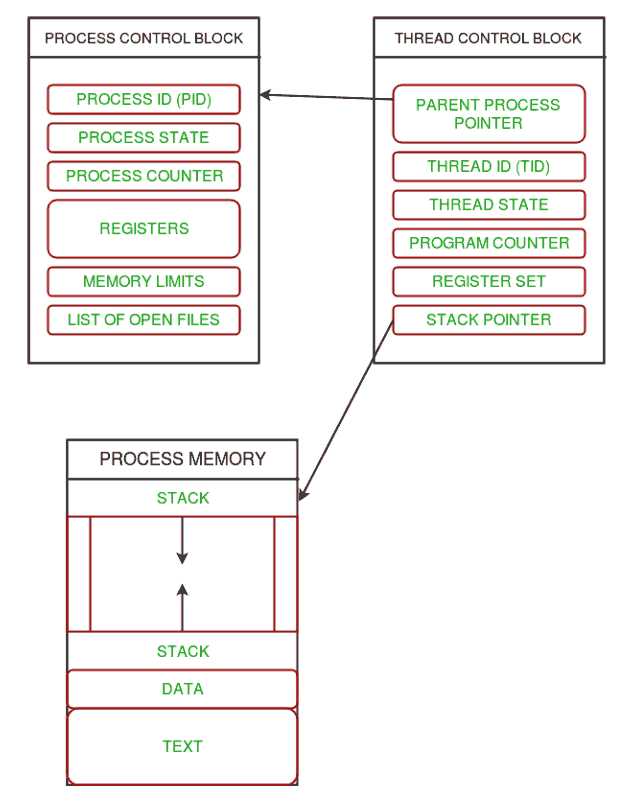
print(i)
def print_letters():
for letter in "abcdefghij":
time.sleep(1)
print(letter)
Create two threads
thread1 = threading.Thread(target=print_numbers)
thread2 = threading.Thread(target=print_letters)
Start the threads
thread1.start()
thread2.start()
Wait for both threads to finish
thread1.join()
thread2.join()
In this code, we create two functions that print numbers and letters respectively. We then create two threads that run these functions concurrently.
Python's threading module provides several ways to manage threads, including:
Thread: A class representing a thread. Event: A synchronization primitive used for signaling events between threads. Lock: A synchronization primitive used for synchronizing access to shared resources. Semaphore: A counting semaphore that allows you to limit the number of threads that can be executed at any given time.
When designing threaded programs, it's essential to consider thread safety, as multiple threads may access and modify shared data simultaneously. Python's threading module provides various ways to synchronize access to shared resources, such as locks, semaphores, and events.
In summary, Python's threading module provides a way to create and manage threads, allowing you to write concurrent programs that can efficiently perform multiple tasks at once.
